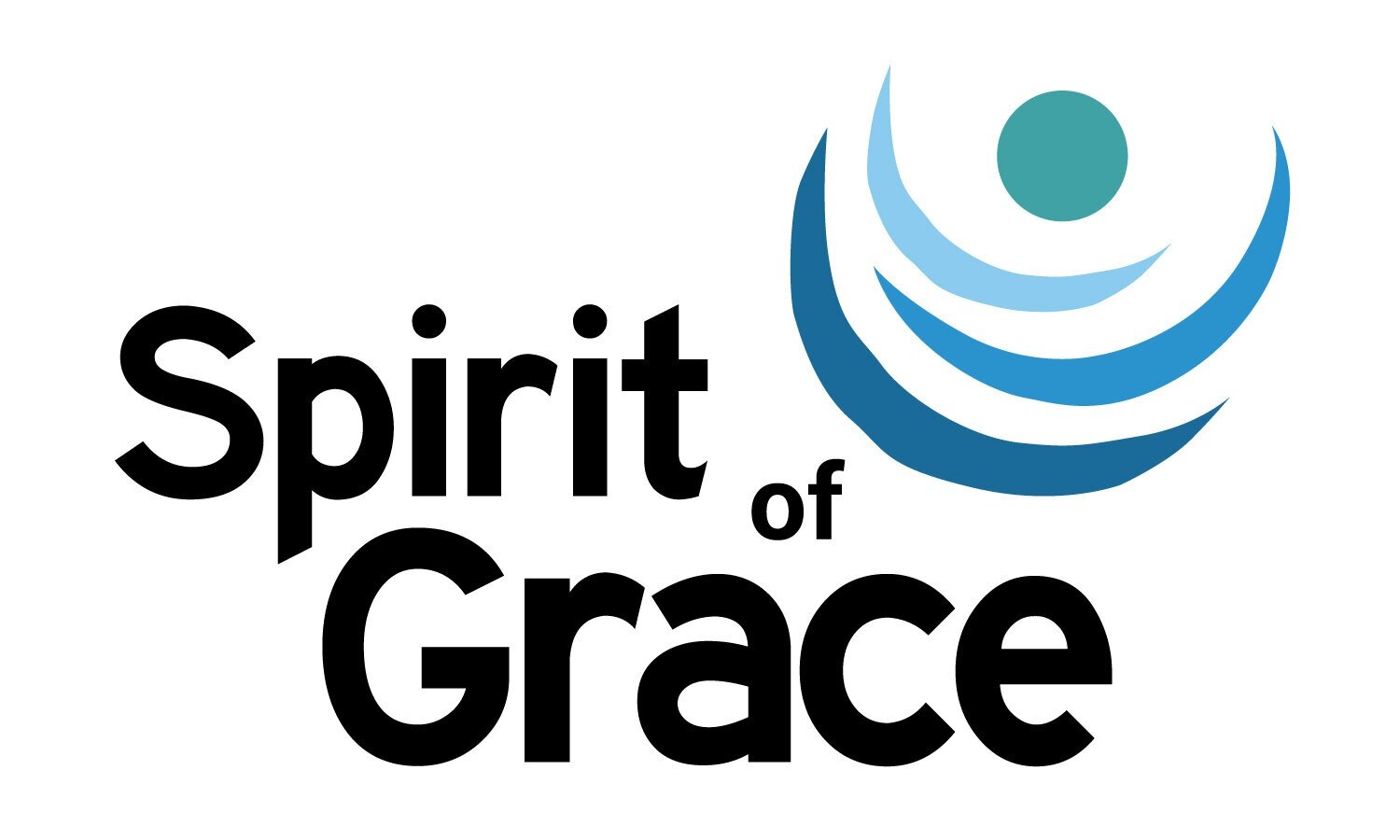It’s a full month this evening. Are the skies clear enough to step outside or look out the window to see it? To appreciate the dance between light and dark?
~~~~~~~~~~~~~~~~~~~~~~~~
In his book My Grandmother’s Hands, Resmaa Menakem writes about the vagus nerve – what he calls the soul nerve – and practices for helping settle your body, stay present, and remain connected. He describes the soul nerve as “a highly complex and extraordinarily sensitive organ that communicates through vibes and sensations. This communication occurs not only between different parts of the body, but also from one person to another…The largest part of your soul nerve goes through your gut, which has about 100 million neurons, more than your spinal cord. This is why we sense so many things in our belly – and why some biologists call the gut our ‘second brain.’ This second brain is where our body senses flow, coherence, and the rightness or wrongness of things” (p. 138).
Among the practices Menakem offers for settling your body, staying present, and remaining connected are humming, belly breathing, slow rocking, joint rotations, and chanting (pp. 141-147). He writes, “Most of these practices are ancient; some are thousands of years old. While our ancestors were largely unaware of the biomechanics of the soul nerve, they understood their own bodies. They learned – and taught their families and neighbors – what worked to help their bodies settle. They often did many of these practices together, and these communal practices helped to heal not just individual bodies, but families and other groups, as well. You’ll recognize some of these practices as things I’ve described my grandmother doing; as things many small children do intuitively; as things parents often do with their babies; as things enslaved people did as they worked together on plantations; and as practices from many religions. Almost all of them have also been proven to work in controlled lab experiments.” (pp. 140-141).
~~~~~~~~~~~~~~~~~~~~~~~~
Practice:
You’re invited to engage the intentional practice of humming. Find a quiet, comfortable space and position. Focus your attention on the center of your belly, behind your navel. Breathe in and out a few times. Feel your belly help push the air all the way out and then relax as your lungs automatically refill. Pick a song with a simple melody that feels comforting to your body. Hum it all the way through from beginning to end from your belly.
Then pause and notice what your body experiences afterward. What has changed, if anything, from before you started humming? What has stayed the same? What sensations, thoughts, and images are arising? What does your body want to do now? Just notice whatever you’re experiencing.

